A special issue curated by Kati Curts and Alex Kaloyanides
Volume 6: Issue 3 Characterizing Material Economies of Religion in the Americas
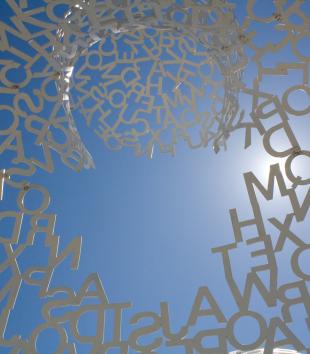 Characterizing Material Economies of Religion in the Americas: An Introduction
Characterizing Material Economies of Religion in the Americas: An Introduction
Kati Curts and Alex Kaloyanides introduce this special issue of MAVCOR Journal devoted to examining four key categories: “Material,” “Economies,” “Religion,” and “America(s).” The ambition of this issue is that the collective inquiries of its authors, which span various interpretive histories and genealogical fragments, can offer ways to better understand their assorted conveyances, as well as the powerful grip of their critical conjunction.
 Medals, Memory, and Findspots
Medals, Memory, and Findspots
For many Indigenous people of Turtle Island, also known as North America, treaty medals are material reminders of sacred promises made between their nations and the British Crown or the U.S. Government. Settlers and colonial officials, by contrast, have often treated these medals as mere trinkets.
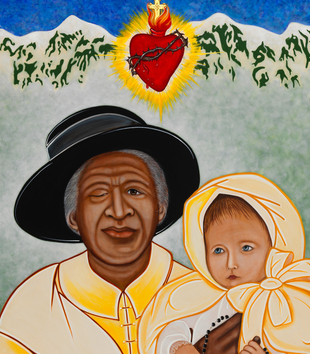 Julia Greeley, Denver’s Angel of Charity
Julia Greeley, Denver’s Angel of Charity
More than a portrait of a holy person, an icon structures a present encounter with a saint and the community that the saint represents. What kind of encounter does Greeley’s icon conjure with race and Catholicism in the Old West?
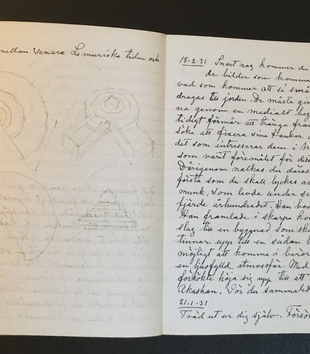 Hilma af Klint's Temple for the Paintings
Hilma af Klint's Temple for the Paintings
Through Af Klint’s journal entries and sketches, we can shift analyses of sacred space from the guise of transcendent force that simply “appears,” in the phenomenological nomenclature, and instead approach it as technique.
 Tree Rings and Blood Lines
Tree Rings and Blood Lines
These redwood rings are both family trees and family circles, literally naturalizing a canonical “American” familial heritage insistently recited and instantiated in many media and locations: artistic and built environments, judicial practice, legislation and policy, textbooks, land use, and national land theory. Heritage is a family business.
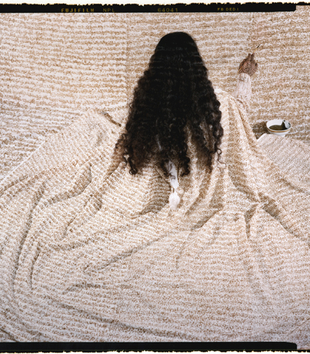 Corporealizing Moroccan Place
Corporealizing Moroccan Place
I wondered—how does a person become a place? A street, city quarter, mosque, or town could take the name of the wali interred there, like the cities of Sidi Slimane and Mawlay Idris. The sacred enters physical space through the body.
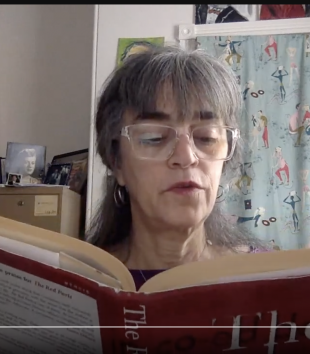 A Photograph in Words
A Photograph in Words
In her memoir, The Red Parts, Maggie Nelson writes about the over-thirty-year-old unsolved murder of her aunt, Jane Mixer, a case brought back to life in a Michigan court room. Who gets to tell this story? How should it be told?
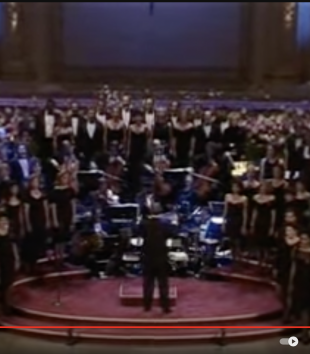 Pausing on a Sunday: What Kind of Secular is the American Musical?
Pausing on a Sunday: What Kind of Secular is the American Musical?
The musical in which this song appears includes archetypal depictions of the modern artist and his attendant gendered capacities and failures. Sondheim would point out: its lyric is a single sentence; it is a description of a process; it includes a word, “forever,” that he observes makes him cry.
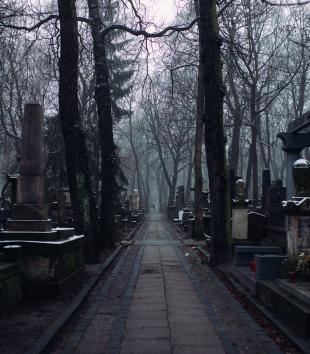 Material Economies of Life-Time: Grief, Injury, Expiation, Desire
Material Economies of Life-Time: Grief, Injury, Expiation, Desire
Tracy Fessenden, Hillary Kaell, and Alexia Williams discuss three iterations of religious, material economies: bus stop clocks, cloistered Magdalens, and a Catholic prayer card from Denver.
 The Intimate Ironies of the Wifey: Material Religion and the Body
The Intimate Ironies of the Wifey: Material Religion and the Body
From the familiarity of scent to the spread of colonial/space time, and through Black vernacular culture and “linking” us to divine power through the digital, Ellen Amster, Dusty Gavin, and Suzanne van Geuns introduce us to the strange intimacies of the wifey.
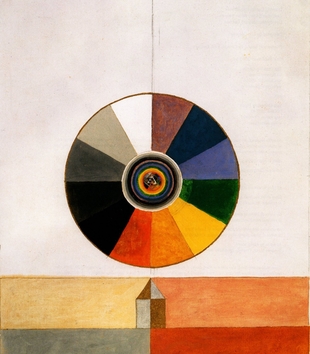 Designing Risk, Accumulating Failure: Purgatory, the Planned, and Primitive Accumulation
Designing Risk, Accumulating Failure: Purgatory, the Planned, and Primitive Accumulation
In Fall 2020, Paul Johnson, Emily Floyd, and Kati Curts met on Zoom. In this edit of their extended conversation, the authors question “planned sacred space,” the role of design in creating religious experience, and the category of the “relic.”
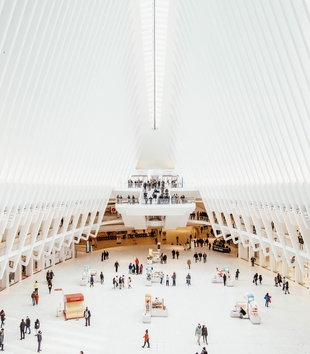 A Closing Conversation
A Closing Conversation
If the Marxian dialectic culminates with the mystification of the commodity, these essays seem to envision a sacralization and re-sacralization of the profane, such that matter is the accumulation of sacred value. Transcendence and enchantment in this account are very much “real” and just as ontologically entrenched as capitalism.